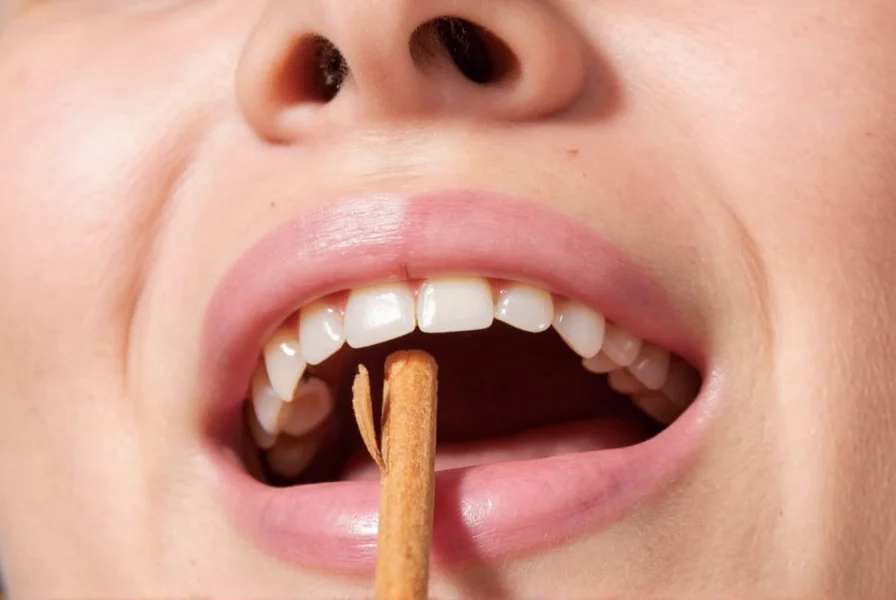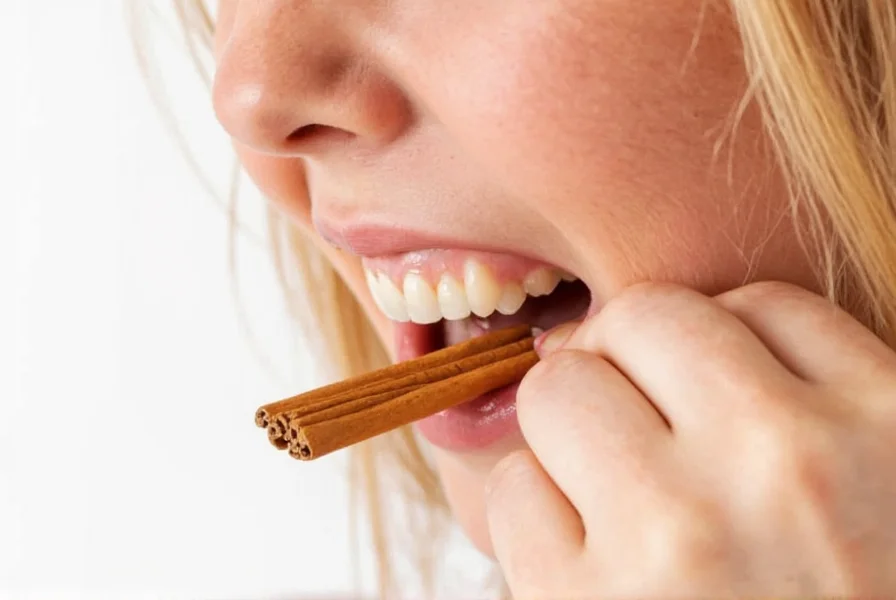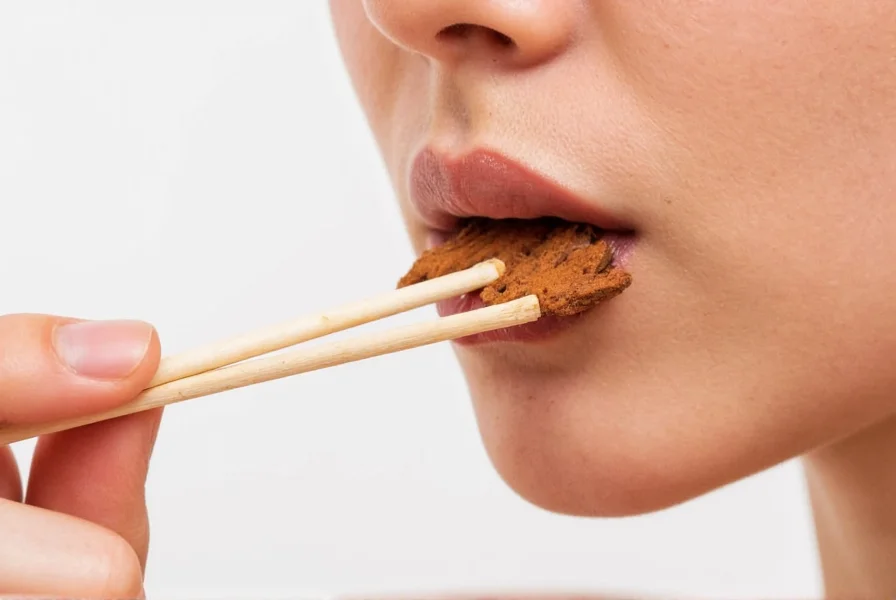For centuries, cultures around the world have utilized natural substances for oral care, and cinnamon has maintained a prominent place in these traditions. Unlike conventional plastic toothpicks, cinnamon toothpicks offer potential therapeutic benefits while performing the basic function of removing food particles between teeth.
The Science Behind Cinnamon's Oral Health Properties
Research indicates that cinnamon contains bioactive compounds, particularly cinnamaldehyde, which demonstrates significant antimicrobial activity against common oral pathogens. A 2020 study published in the Journal of Natural Products found that cinnamon extract inhibited the growth of Streptococcus mutans, the primary bacteria responsible for tooth decay. While cinnamon toothpicks don't replace brushing and flossing, they may provide supplementary benefits when used as part of a comprehensive oral care regimen.

Traditional Uses and Modern Applications
Historical records show that ancient Egyptians, Chinese, and Ayurvedic practitioners incorporated cinnamon into oral care practices. Traditional applications included:
- Chewing cinnamon sticks to freshen breath after meals
- Using cinnamon-infused water as a mouth rinse
- Applying powdered cinnamon to soothe minor gum irritations
Today's cinnamon toothpicks represent a convenient evolution of these practices, offering pre-cut sticks specifically designed for oral use. They're particularly popular among those seeking natural alternatives to commercial breath fresheners or as a complement to standard dental hygiene.
Proper Usage Techniques
Using cinnamon toothpicks effectively requires proper technique to maximize benefits while avoiding potential issues:
- Select food-grade cinnamon sticks (Ceylon cinnamon preferred for lower coumarin content)
- Cut into 2-3 inch segments using clean scissors
- Gently chew one end to create a soft, brush-like tip
- Use the frayed end to clean between teeth with light pressure
- Allow the cinnamon to remain in your mouth for 1-2 minutes before spitting
- Rinse with water after use
Limit usage to once daily to prevent potential irritation from prolonged exposure to cinnamon's active compounds. Never force the toothpick between teeth, as this could damage gum tissue.
Safety Considerations and Potential Side Effects
While generally safe for most adults, cinnamon toothpicks aren't appropriate for everyone. Important safety considerations include:
| Consideration | Recommendation |
|---|---|
| Coumarin content | Prefer Ceylon cinnamon (lower coumarin) over Cassia varieties |
| Gum sensitivity | Discontinue use if irritation occurs |
| Dental work | Avoid using near braces, implants, or recent dental procedures |
| Children | Not recommended for children under 12 due to choking risk |
| Pregnancy | Consult physician before regular use |
Cinnamon contains coumarin, which in large amounts may cause liver issues. Ceylon cinnamon (Cinnamomum verum) contains significantly less coumarin than the more common Cassia variety, making it the preferred choice for regular use as cinnamon toothpicks.
Creating Your Own Cinnamon Toothpicks at Home
Making your own cinnamon toothpicks ensures you control the quality and type of cinnamon used. Here's a simple method:
- Source high-quality Ceylon cinnamon sticks (look for "true cinnamon" labeling)
- Cut sticks into 2-3 inch segments using clean kitchen scissors
- Store in an airtight container away from moisture
- Before use, lightly chew one end to create a soft brush tip
For enhanced benefits, some natural health enthusiasts soak their homemade cinnamon toothpicks in clove oil (known for its dental benefits) for 24 hours before use, though this should be done sparingly as clove oil is potent.

Complementing, Not Replacing, Standard Dental Care
It's crucial to understand that cinnamon toothpicks should complement—not replace—established dental hygiene practices. The American Dental Association emphasizes that:
- Brushing twice daily with fluoride toothpaste remains essential
- Flossing or using interdental cleaners should not be neglected
- Regular dental checkups (every 6 months) are irreplaceable
- Professional cleanings remove tartar that home care cannot
Think of cinnamon toothpicks as potentially beneficial additions to your oral care routine, similar to how some people use oil pulling or herbal mouth rinses as supplementary practices.
Comparing Natural Alternatives for Oral Health
When considering natural dental care options, cinnamon toothpicks offer unique advantages compared to other alternatives:
- Natural antimicrobial properties - Unlike plain wooden toothpicks, cinnamon releases compounds that may reduce oral bacteria
- Breath freshening - Provides longer-lasting fresh breath compared to mint-flavored alternatives for many users
- Dual function - Serves both as a mechanical cleaner (removing debris) and potential therapeutic agent
- Eco-friendly - Biodegradable alternative to plastic toothpicks
However, they're not suitable for everyone, particularly those with cinnamon allergies or sensitive oral tissues. As with any natural remedy, individual results may vary.
Research Status and Future Directions
While traditional use of cinnamon for oral health spans centuries, modern scientific research is still developing. Current studies show promising results regarding cinnamon's antimicrobial properties, but more clinical trials specifically examining cinnamon toothpicks are needed. Researchers at several dental schools are currently investigating:
- Optimal cinnamon varieties for oral health applications
- Standardized preparation methods for maximum benefit
- Potential synergies with other natural dental care ingredients
- Long-term effects of regular cinnamon toothpick use
Until more comprehensive research is available, cinnamon toothpicks should be viewed as a complementary practice rather than a primary dental care solution.
Practical Integration into Daily Routine
For those interested in trying cinnamon toothpicks, here's how to incorporate them effectively:
- Start with occasional use (2-3 times weekly) to assess tolerance
- Use after regular brushing and flossing, not as a replacement
- Limit chewing time to 1-2 minutes per session
- Store in a dry place to maintain freshness and effectiveness
- Monitor for any signs of irritation or allergic reaction
Many users report best results when using cinnamon toothpicks in the evening, allowing the antimicrobial compounds to work overnight. However, morning use can also provide fresh breath throughout the day.











 浙公网安备
33010002000092号
浙公网安备
33010002000092号 浙B2-20120091-4
浙B2-20120091-4